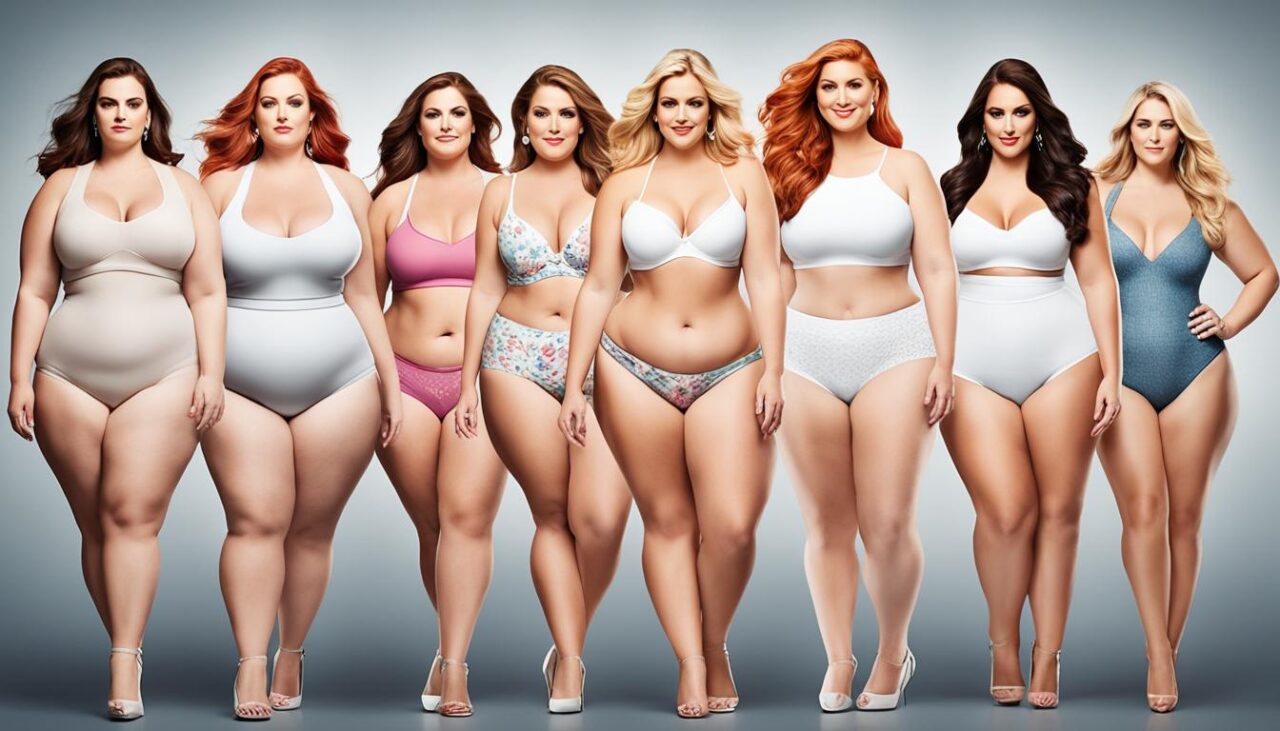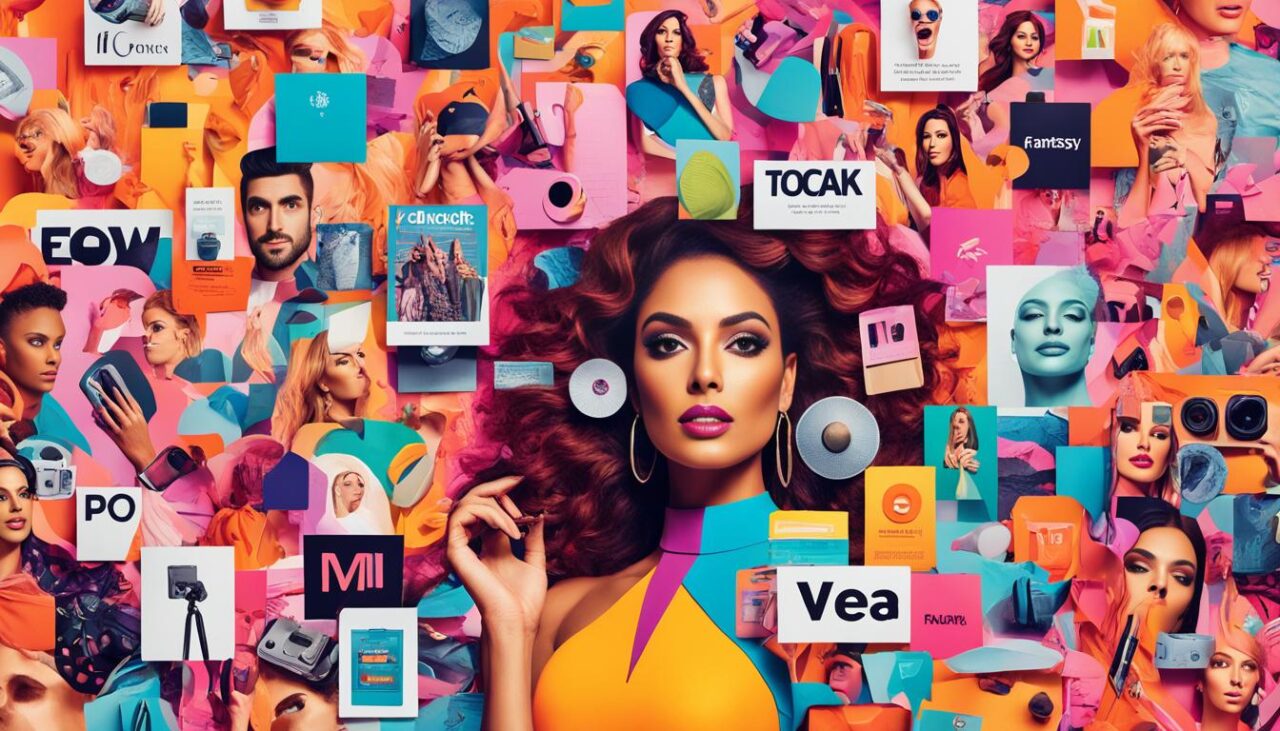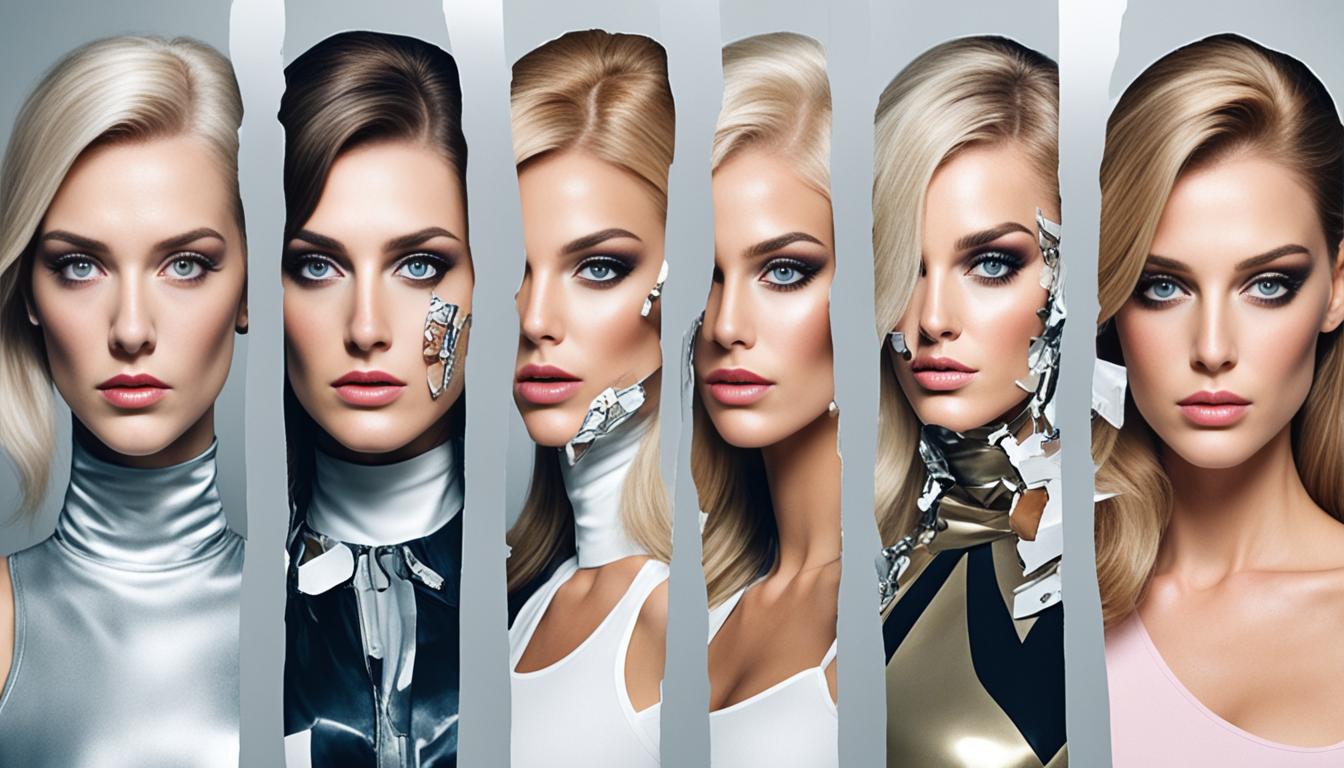The tapestry of beauty standards is a vibrant and ever-evolving display of humanity's appreciation for visual appeal. Yet, beneath the aesthetic veneer lies a profound force of influence: media representation. It is this representation that not only mirrors societal beauty but also shapes it, meticulously weaving the cultural portrayal of what is considered desirable and attractive. In an age where media permeates every facet of life, the representation impact on individual and collective aesthetic ideals cannot be overstated.
Through this lens, we encounter a spectrum of visual narratives that guide our understanding of beauty. They whisper the silent parameters of acceptance and exemplify the epitome of allure, setting standards that resonate across diverse cultures. This introduction invites you on a journey to uncover the intricate relationship between representation, perception, and the aspiration for beauty in a media-saturated world. Here, inspiration is drawn not only from what is depicted but also from what can be reimagined and reinvented in the pursuit of a society where beauty is recognized in infinite forms and expressions.
The Role of Media Representation in Shaping Beauty Standards
The tapestry of beauty and aesthetic ideals is not woven overnight. It is a historical evolution influenced by diverse cultures, eras, and most pivotally, media representation. The vistas of art, photography, cinema, and print have been framing society's attitudes towards beauty, becoming a mirror reflecting and at times, shaping public perceptions.
Analyzing the Historical Evolution of Aesthetic Ideals
From the corseted silhouettes of the Victorian era to the bold flapper dresses of the 1920s, media has chronicled the ever-changing face of beauty. Historical aesthetics tell a story of societal values, norms, and the collective psyche, reflecting the zeitgeist of each period. As we parse through historical documents, art, and literature, we observe a pattern where media portrayal not only documents but often propagates the aesthetic ideals deemed desirable in each epoch.
Examining Current Trends in Media Portrayal of Beauty
Transitioning from history to the digital age, current trends in media depiction exhibit a diversification of beauty. The rise of social media platforms has created a democratisation of media portrayal, allowing individuals to contribute to the narrative of beauty. Nevertheless, these platforms also wield the power to reinforce narrow beauty standards through curated content and algorithmic visibility, making it imperative to analyze media's role in either reinforcing or breaking down barriers in the representation of beauty.
The Power of Advertising in Defining Visual Appeal
Advertising has long been at the vanguard of defining visual appeal. Brands like Dove with their ‘Real Beauty' campaign and Nike featuring athletes of all shapes and sizes demonstrate the potent effect advertising wields in influencing social norms. Through strategic messaging and visuals, advertising doesn't just sell products; it sells concepts of beauty and aspiration. This immense advertising influence necessitates a dialogue about the ethical responsibilities held by marketers in shaping public opinion. Are they guardians of tradition or gatekeepers of change?
As we move forward, it is vital to acknowledge that media's representation forms the bedrock upon which beauty is perceived and defined. The question remains: Do we have the audacity to challenge and redefine these standards, sculpting a world that embraces an inclusive vision of beauty?
Understanding the Impact of Representation on Body Image
The infusion of media imagery into the fabric of daily life has profound effects on individual perceptions of self-worth and body image. As we unpack this intricate web, it is crucial to recognize how representation impact and the relentless stream of idealized bodies place considerable strain on the psychological well-being of viewers. This section delves into the nuances of this influence and sheds light on methodologies for reinforcing a more positive body image.

The Psychological Effects of Media Imagery on Self-Esteem
The barrage of media imagery sporting seemingly ‘perfect' physiques can manifest psychological effects ranging from mild discontent to severe self-esteem issues. A continuous comparison with these unattainable standards is often an inevitable outcome, sparking body dissatisfaction in those who consume this content. Here, we assess how the pressure to conform to media-driven aesthetic ideals impacts individuals' confidence and self-image.
The Link Between Screen Time and Body Dissatisfaction
In today's digital age, screen time is not merely a component of our leisure activities; it has become ubiquitous, enveloping various aspects of our lifestyles. There exists an undeniable correlation between the hours spent absorbing media and the degree of body dissatisfaction experienced. By understanding this link, we can develop a critical eye towards the consumption of visual representations and the expectations they foster.
Strategies for Promoting Positive Body Image
Confronting the omnipresent scrutiny of media depiction requires robust strategies that promote a positive body image. This involves cultivating a media landscape that not only showcases diverse body types but also encourages viewers to appreciate their unique traits. By championing authenticity and rejecting the singular narrative of beauty, we can construct an environment that uplifts and empowers all individuals, regardless of their shape or size.
Media Representation and Diversity in Visual Norms
The expansion of diversity in media representation has ushered in a transformative era for visual norms and the overarching realm of beauty standards. This pivotal shift has made considerable strides towards constructing an inclusive media landscape, vital for portraying the rich tapestry of human existence. As society quests towards a more encompassing definition of attractiveness, the question lingers: Are we experiencing a cosmetic adjustment, or is a deeper, systemic change at play?
The concept of representation diversity marks a significant move from homogeneous beauty ideals towards an inclusive aesthetic that respects and celebrates differences. It's in the multiplicity of body shapes, the kaleidoscope of skin tones, and the spectrum of gender expressions that our understanding and acceptance of changing beauty standards emerges. This burgeoning inclusivity resembles a canvas where every individual finds their reflection, not as a mere afterthought, but at the very core of visual storytelling.
“Inclusion in media propels the narrative that beauty is not monolithic, but rather, an eclectic symphony of our collective humanity.”
In recent times, the relentless work of activists and forward-thinking brands has effected an undeniable upsurge in the representation of marginalized communities. Yet, the depth of this impact often eludes simple evaluation. It is not enough to merely showcase diversity; the portrayal must be nuanced, respectful, and liberated from the confines of tokenism. Hence, the course of media evolution is closely monitored for signs that these adjustments are not just skin deep but indicative of an enduring embrace of authentic diversity.

The portrayal of diverse figures in leading roles, the assembly of marketing campaigns that mirror the real populace, and the diligent abandonment of stereotyping are more than just passing trends; they serve as milestones in our society's journey towards comprehensive inclusivity. They are the steady drumbeats of progress against the rigid archetypes that once dictated who could be deemed beautiful and who could not be seen at all. Through persistent and genuine incorporation of diversity in visual norms, media acts not just as a mirror of society but as a powerful beacon of change.
As the conversation progresses, it's clear that the call for diversity in media is resonating across industries. From film to fashion, entertainment to advertising, a more inclusive representation is in demand, aligning with a broader movement to overhaul long-standing beauty paradigms. While actions to date mark a commendable beginning, the impetus to keep pushing forward remains strong. The media's potential to reshape and enrich our perception of beauty — acknowledging and valuing every form, feature, and identity — is a narrative worth advancing.
Media Representation: A Critical Analysis
In an era where visuals are rapidly digested and often dictate the terms of societal beauty, the need for a critical analysis of media representation has never been more pronounced. Our ability to discern the layers of cultural portrayal within media content is imperative for understanding the perennial shaping of beauty standards. In this pursuit, we peel back these layers to reveal the power dynamics at play and how they can influence collective and individual self-perception.
Exploring the intersection of media, culture, and beauty dives into the complex narrative that forms our understanding of what is deemed attractive. This fabric is woven with threads of cultural norms, media portrayals, and the implicit and explicit messages they convey. By engaging in **media critique**, we initiate a dialogue that questions the default settings of attractiveness and broadens our perspective towards a more encompassing definition of beauty.
Challenging the Homogeneity of Societal Beauty Through Media Critique
The homogeneity of beauty standards has been a mainstay in media representation, but the tides are turning as critical voices emerge to challenge this uniformity. These dissenting opinions are reshaping the landscape, setting a precedent for **authentic representation** in visual narratives. Through scholarly critique and public discourse, a vivid picture of inclusivity and diversity is gradually overtaking the one-dimensional depictions of the past, demonstrating that beauty is multifaceted and transcends a single archetype.
Advocating for Authentic Representation in Visual Media
The tireless effort to advocate for authenticity in media representation is a testament to the evolving consciousness that embraces all forms of beauty. A **critical analysis** of the media's role in shaping beauty norms reveals the necessity for a spectrum of stories and images that reflect reality's diversity. Social influencers and industry changemakers are pivotal in championing this cause, ensuring that the future of visual media celebrates every shade, shape, and story, resonating with the truth that beauty's true splendor lies in its variety.

